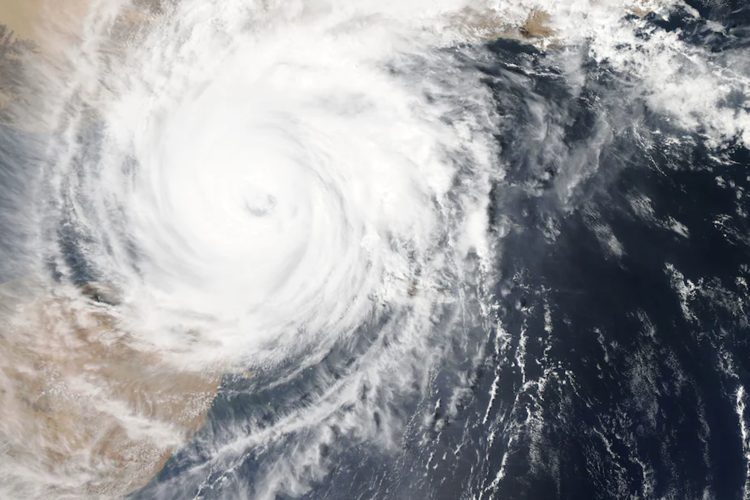
Devastating Aftermath of Cyclones
Isotope studies by IIT Kharagpur and Academia Sinica, Taiwan scientists shed light on how the cyclones sustain their energy. Cyclones are increasingly becoming perilous to the coastal populations of the subcontinent. Climate change due to global warming, projects that the frequency of category 4 and 5 storms (60 to >70 m/s sustained wind speed) will be doubled by the end of the 21st century. However, the question remains: why some cyclones are devastating while others are not? What controls the intensity of cyclonic winds and rains? Cyclones are gigantic vortex, 500-700 km in diameter and 20 km in height, which…
